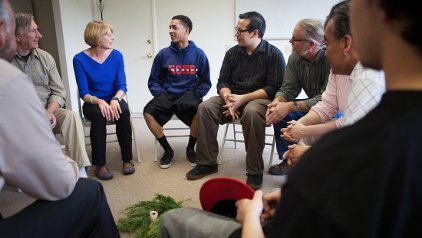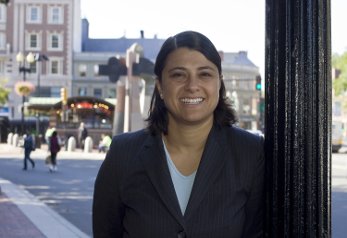
Let’s take a look at the civil renewal strategy we implemented in the UK, and the wide-ranging benefits it brought about. The strategy had three core components. First, it promoted wider deployment of good practices in improving state-citizens relationship.
We set up the network of Civic Pioneers, invested in the Community Development Foundation, and convened the Councillors Commission, to ensure practical advice and key research findings are widely available, which helped to increase the use of the most effective techniques for community participation, and give citizens more informed control over the decisions that affected them.
Secondly, our strategy channelled support to targeted groups to develop collaborative arrangements on the ground. For example, we helped local authorities and community groups learn more about using techniques such as participatory budgeting (originally invented for community engagement in poor areas in Brazil) to enable citizens to deliberate together in setting priorities for the use of public funds.
We set up Guide Neighbourhoods whereby residents from different parts of the country could learn from neighbourhood groups with a good track record in shaping and improving the public services in their respective localities. We created the Asset Transfer Unit to help communities take over public buildings when they could add greater value in meeting local needs. We advanced Take Part projects which led to diverse citizens and groups bringing their influence to bear on civic matters.
Finally, the strategy ensured there was sustained momentum to learn about and apply empowerment approaches in the development of government policies across the board. Young people were proactively sought to become involved in shaping integrated children services, employment training, and social inclusion initiatives. Older people and people with disabilities were invited to serve as advisors on government policy development groups, so that they could highlight problems that might otherwise be overlooked, and share ideas on workable solutions.
The Communities for Health programme was launched to enable local people to set health promotion priorities. Local authorities were given incentives to engage people more widely and effectively in neighbourhood and parish plans, spatial planning framework, and Home Zones (for residential street design).
Support was given to engaging local people in ‘myth busting’ campaigns to tackle racism and misinformation. Furthermore, neighbourhood policing was rolled out with a strong focus on seeking community views; while Community Justice Centres were set up with locally based judges who regularly met with the people in the area to discuss their concerns and what might be done differently.
The net impact of the strategy transformed numerous communities, many in the most deprived areas, and raised trust in public services and satisfaction with the local quality of life. After a decade, greater participation went hand in hand with increased confidence in communities’ ability to work with government partners to improve people’s lives.
More would have been achieved, but a change of government in 2010 put an end to the civil renewal activities, and sadly, disappointment and alienation began to surface again. Yet we know that if and when the political will is there again, communities can be empowered to thrive once more.
Dr. Henry Tam is Director of Question the Powerful.










